Drive Harvest Profitability with Digital
It’s gettin’ busy in the Midwest. When it comes to harvest, no one knows your land and crops better than you. But don’t forget to dig into your data. On average, U.S. corn and soybean farms generate more than 2,500 data records during a typical 10-month growing season. The data captured this season, and years past, can take you well beyond last year’s yield and this year’s growing conditions and provide invaluable insights to prioritize decisions before, during and after harvest. Digital tools like Granular Insights™ make it easy for farmers to tap into the often siloed data on [...]
Calibration: The Key to Harvest Data Utilization
As harvest quickly approaches, many things are on the minds of farmers, from who is going to be running the grain cart to when is the best time for each specific field to be harvested. Farmers are chomping at the bit to start harvest, however with harvest comes a very important step in the precision ag cycle: calibration of the machines. What is Calibration? Calibration, in terms of harvest calibration, is the act of baselining a machine’s sensor to a standard measurement in order to have the most accurate yield detection system. Though there are multiple types of calibration [...]
Getting the Most Out of Your Investment: Unraveling the Benefits of Imagery
Adopting imagery can be attractive to farmers given the vast array of benefits touted throughout the industry. But if you’re considering making a purchase, be sure to take a few moments to understand why it will fit into your specific operation and what you can expect from the differing products on the market. Here are a few areas to consider when it comes to value imagery and analysis and your operation: Management Optimization With imagery, growers receive a new perspective of the field with the ability to see the entirety of the field at the same time. From this [...]
SOYLEIC Varieties Provide Food Market With High-Value Soybean Oil
SOYLEIC, patented by the Missouri Soybean Merchandising Council, is a non-GMO, high-oleic trait available for today’s soybean varieties, which results in high oleic oil and meal. Through funding from the Illinois Soybean Association (ISA), researchers at the University of Illinois are conducting a project focused on the development of high oleic, low linolenic (HOLL) soybean varieties that will be marketed under the SOYLEIC name. This is a source of high-quality soybean oil that can be used to win back the market share of soybean in the food industry and increase its industrial uses. The goal of this research is [...]
The Sustainable Blockchain Solution to Deforestation-Free Soy
Deforestation-free Soy The soy industry is under fire. In May 2021, retailers threatened action over the deforestation of the Amazon. Although deforestation of the Amazon region is a regional problem - or rather global as most of the world is deforested by now - it reflects badly on the soy sector as a whole. However, it is difficult to make deforestation-free claims. Take pork for example. By and large, pigs are soy-fed but equally certain is that farms have no idea where their soy comes from. Soy supply chains, like all commodities, are long and complex and operate with [...]
Putting Those Planter Upgrades to Use in Soybeans
Spring is in full-swing and a lot of beans and few acres of corn are already in the ground here in Central Illinois. The weather has certainly thrown us a curveball this spring with cool, yet dry conditions. Although the cool weather has kept a lot of farmers parked, some took advantage of the dry conditions to plant early beans or work the kinks out of the planter. Today, planters seem to be the most upgraded and rebuilt piece of equipment on many farms, thus the need to get those kinks out early in the spring. Corn planting is [...]
Conducting Quality On-Farm Research
Digital ag platforms such as Climate FieldView have made it easy for farmers to conduct research on their own acreage. These tools allow growers to verify the results of industry and third-party testing and implement experiments to answer other questions they may have. This recent ILSoyAdvisor blog discusses some of the types of questions you may want to answer in your fields. While it is true that the best results are those gathered in the specific conditions of your own farm, there are a few considerations that should be followed when setting up an agronomy trial. If you took [...]
Key Considerations: Implementing AgTech On Your Farm
Transitioning to agtech on the farm continues to be a significant change. Farmers are now expected to do more - they must know the best ways to manage erosion, be a truck driver, manage the books, and add on IT. Each of these jobs alone could be a full-time job, but as times evolve, the need for technology becomes critical for any operation. Here are five practical considerations when looking to implement agtech on your farm: 1. Pay for the technology or service There are many free agtech opportunities but spending money on a service or technology can completely [...]
All In On AgTech
It's 2021 and technology continues to surge. Ensuring we have an up-to-date understanding of how technology continually impacts our work and lives can be difficult to consistently adapt to and maintain. It is constantly evolving to the point that each day brings a new technological advancement. In the agriculture industry, a common theme is growing profitability and yields with the assistance of technology. When you combine that cutting edge technology with agriculture, you get AgTech. AgTech is one of the newest, fastest growing innovations within the industry. While it has been around for a few years, its ever-changing nature [...]
Does New Technology Fit Your Farm?
Evaluating new technology for the farm is not one-size-fits-all. What works successfully on one operation may have a lower-than-expected return on investment (ROI) on another. However, best practices can help you determine when to try out an innovative product or practice on your farm and how to evaluate its impact. Consider these three tips: 1. Know your agtech temperament. Be aware of your level of risk tolerance and how that compares with the upside potential of the new technology. Be honest about your ability to implement it. Do you have the time and patience to adopt the skills and [...]

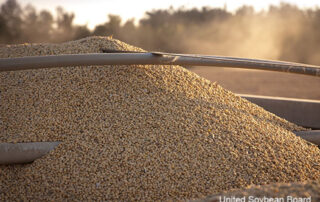
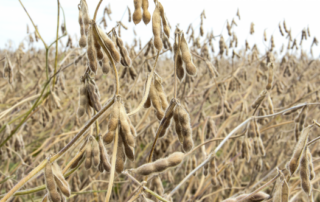

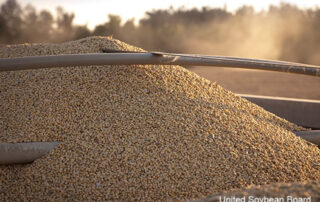

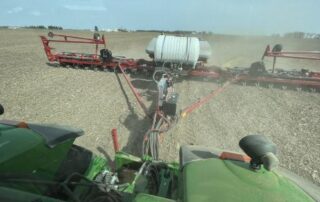
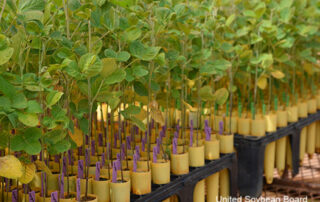
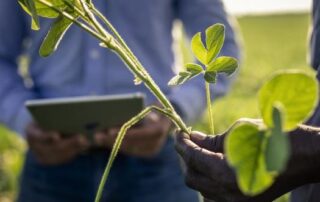
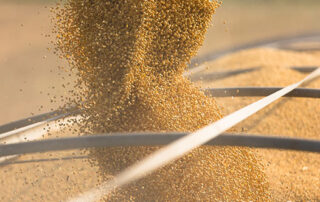


 and then
and then